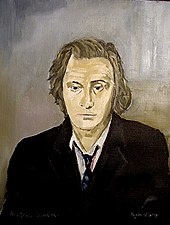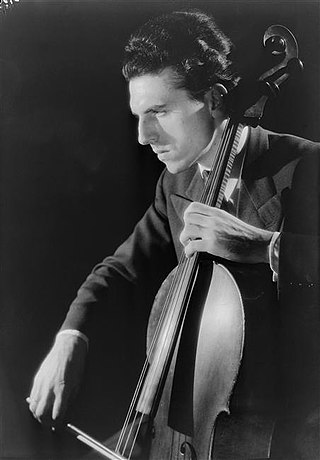
Paul Tortelier was a French cellist and composer. After an outstanding student career at the Conservatoire de Paris he played in orchestras in France and the US before the Second World War. After the war he became a well-known soloist, playing in countries round the globe. He taught at conservatoires in France, Germany and China, and gave televised masterclasses in England. He was particularly associated with the solo part in Richard Strauss's Don Quixote, cello concertos by Elgar and others, and Bach's Cello Suites.
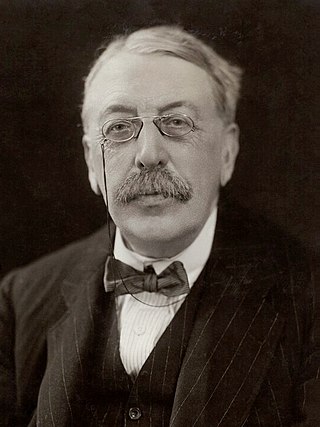
Sir Charles Villiers Stanford was an Anglo-Irish composer, music teacher, and conductor of the late Romantic era. Born to a well-off and highly musical family in Dublin, Stanford was educated at the University of Cambridge before studying music in Leipzig and Berlin. He was instrumental in raising the status of the Cambridge University Musical Society, attracting international stars to perform with it.
The Royal Academy of Music (RAM) in London, England, is one of the oldest music schools in the UK, founded in 1822 by John Fane and Nicolas-Charles Bochsa. It received its royal charter in 1830 from King George IV with the support of the first Duke of Wellington.
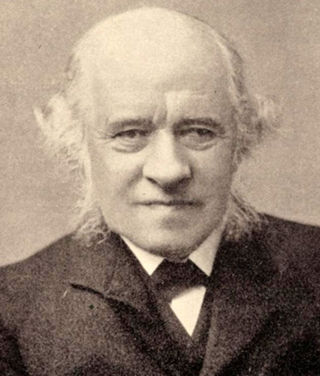
Sir George Grove was an English engineer and writer on music, known as the founding editor of Grove's Dictionary of Music and Musicians.
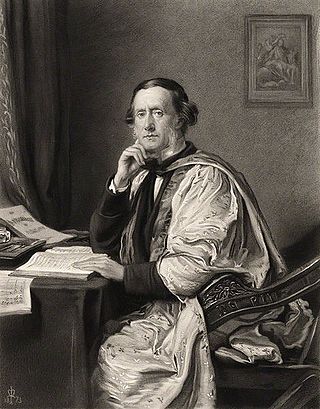
Sir William Sterndale Bennett was an English composer, pianist, conductor and music educator. At the age of ten Bennett was admitted to the London Royal Academy of Music (RAM), where he remained for ten years. By the age of twenty, he had begun to make a reputation as a concert pianist, and his compositions received high praise. Among those impressed by Bennett was the German composer Felix Mendelssohn, who invited him to Leipzig. There Bennett became friendly with Robert Schumann, who shared Mendelssohn's admiration for his compositions. Bennett spent three winters composing and performing in Leipzig.
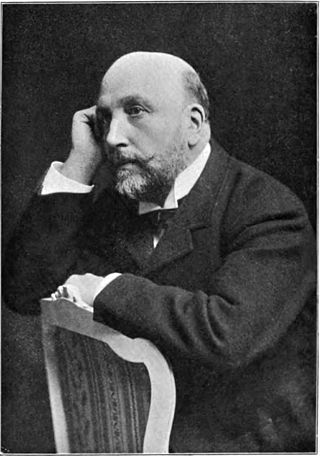
Sir Alexander Campbell Mackenzie KCVO was a Scottish composer, conductor and teacher best known for his oratorios, violin and piano pieces, Scottish folk music and works for the stage.

Hamish MacCunn, néJames MacCunn was a Scottish composer, conductor and teacher.

Sir George Dyson was an English musician and composer. After studying at the Royal College of Music (RCM) in London, and army service in the First World War, he was a schoolmaster and college lecturer. In 1938 he became director of the RCM, the first of its alumni to do so. As director he instituted financial and organisational reforms and steered the college through the difficult days of the Second World War.

Dame Clara Ellen Butt was an English dramatic contralto and one of the most popular singers from the 1890s through to the 1920s. She had an exceptionally fine contralto voice and an agile singing technique, and impressed contemporary composers such as Saint-Saëns and Elgar; the latter composed his Sea Pictures, Op. 37 with her voice in mind.

Classical music of the United Kingdom is taken in this article to mean classical music in the sense elsewhere defined, of formally composed and written music of chamber, concert and church type as distinct from popular, traditional, or folk music. The term in this sense emerged in the early 19th century, not long after the United Kingdom of Great Britain and Ireland came into existence in 1801. Composed music in these islands can be traced in musical notation back to the 13th century, with earlier origins. It has never existed in isolation from European music, but has often developed in distinctively insular ways within an international framework. Inheriting the European classical forms of the 18th century, patronage and the academy and university establishment of musical performance and training in the United Kingdom during the 19th century saw a great expansion. Similar developments occurred in the other expanding states of Europe and their empires. Within this international growth the traditions of composition and performance centred in the United Kingdom, including the various cultural strands drawn from its different provinces, have continued to evolve in distinctive ways through the work of many famous composers.
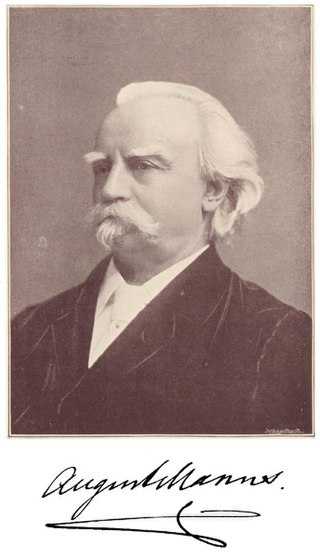
Sir August Friedrich Manns was a German-born British conductor who made his career in England. After serving as a military bandmaster in Germany, he moved to England and soon became director of music at London's Crystal Palace. He increased the resident band to full symphonic strength and for more than forty years conducted concerts at popular prices. He introduced a wide range of music to London, including many works by young British composers, as well as works by German masters hitherto neglected in England. Among his British protégés were Arthur Sullivan, Charles Villiers Stanford, Hubert Parry, Hamish MacCunn, Edward Elgar and Edward German.

John Alexander Fuller Maitland was an influential British music critic and scholar from the 1880s to the 1920s. He encouraged the rediscovery of English music of the 16th and 17th centuries, particularly Henry Purcell's music and English virginal music. He also propounded the notion of an English Musical Renaissance in the second half of the 19th century, particularly praising Charles Villiers Stanford and Hubert Parry.
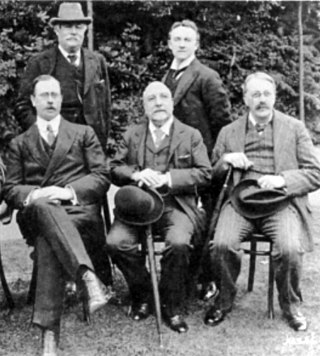
The English Musical Renaissance was a hypothetical development in the late 19th and early 20th century, when British composers, often those lecturing or trained at the Royal College of Music, were said to have freed themselves from foreign musical influences, to have begun writing in a distinctively national idiom, and to have equalled the achievement of composers in mainland Europe. The idea gained considerable currency at the time, with support from prominent music critics, but from the latter part of the 20th century has been less widely propounded.
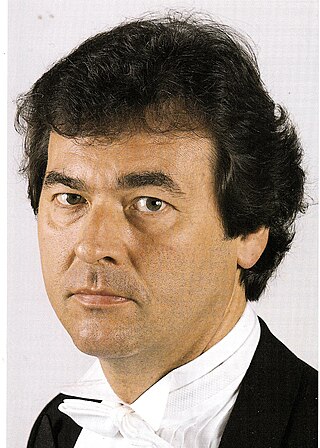
Peter Bassano is an English conductor.

Joseph Eaton Faning, known as Eaton Faning, was an English composer and teacher. The son of a music teacher, he became the organist of a church at the age of twelve. He attended the Royal Academy of Music, where his teachers included Arthur Sullivan. He was an outstanding student, winning many awards. He joined the staff of the Academy in 1874 and later taught at the Guildhall School of Music, the Royal College of Music and Harrow School.
Marmaduke Barton FRCM was an English pianist, composer and teacher at the Royal College of Music for almost 50 years.

Blest Pair of Sirens is a work for choir and orchestra by the English composer Hubert Parry, setting John Milton's ode At a solemn Musick. It was first performed at St James's Hall, London on 17 May 1887, conducted by its dedicatee, Charles Villiers Stanford. The piece is about 11 minutes in duration.
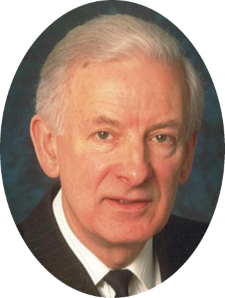
Michael Gough Matthews was a British pianist, teacher and musical administrator. After starting as a concert pianist he turned to teaching, spending much of his career at the Royal College of Music in London, from 1972 to 1993, the last eight years as director of the college. His time in office was marked by a successful resistance to government plans to merge the college with the Royal Academy of Music, and by the building of a new theatre for student performances.
Wilfred Ellington Bendall was an English composer, pianist, conductor, arranger and teacher. After musical studies at the Royal Academy of Music in London and the Leipzig Conservatoire, he pursued a varied career, based mainly in London. He composed several operettas, and a quantity of choral music and song. His other musical activities included conducting in the theatre and concert hall, playing piano accompaniments for recitals, serving as secretary to the composer Arthur Sullivan, and holding a professorship at the Guildhall School of Music. He died in London, aged seventy.
The National Training School for Music, sometimes given as the National Training School of Music, was a music conservatory located in Kensington, London, England. Established in 1873 and opened in 1876, the school's first principal was Arthur Sullivan. He was succeeded by John Stainer in 1881. In 1882 the school was absorbed into the newly created Royal College of Music which began instructing students in 1883.



